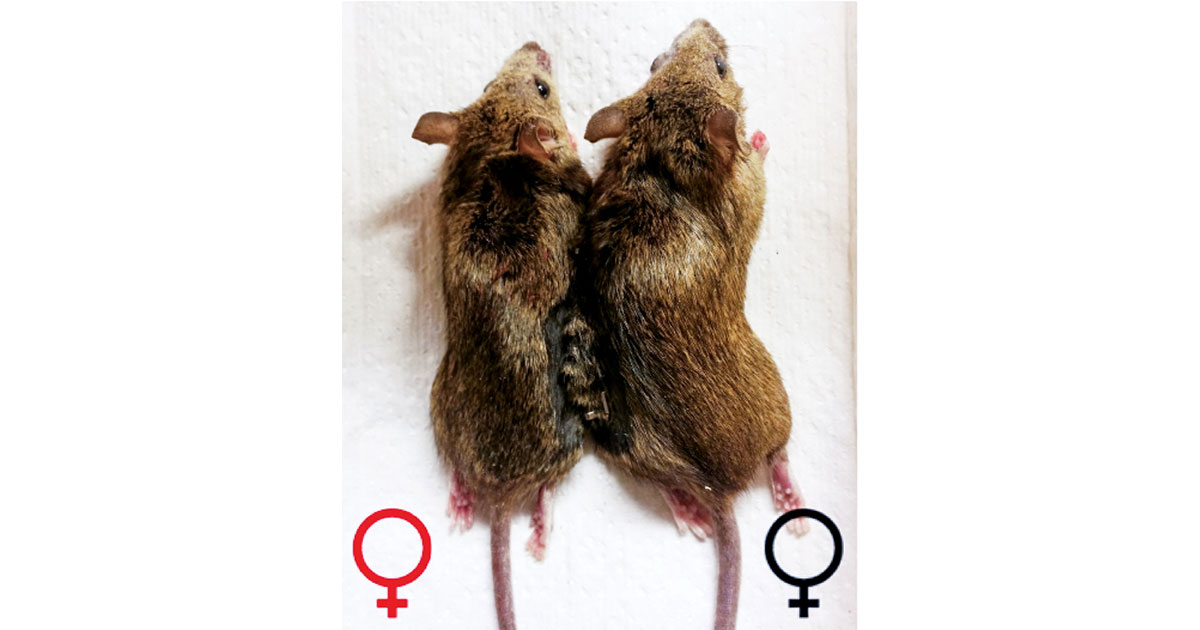Advertisement
Grab your lab coat. Let's get started
Welcome!
Welcome!
Create an account below to get 6 C&EN articles per month, receive newsletters and more - all free.
It seems this is your first time logging in online. Please enter the following information to continue.
As an ACS member you automatically get access to this site. All we need is few more details to create your reading experience.
Not you? Sign in with a different account.
Not you? Sign in with a different account.
ERROR 1
ERROR 1
ERROR 2
ERROR 2
ERROR 2
ERROR 2
ERROR 2
Password and Confirm password must match.
If you have an ACS member number, please enter it here so we can link this account to your membership. (optional)
ERROR 2
ACS values your privacy. By submitting your information, you are gaining access to C&EN and subscribing to our weekly newsletter. We use the information you provide to make your reading experience better, and we will never sell your data to third party members.
Biological Chemistry
Folds Direct Protein Disposal
by Carmen Drahl
August 29, 2011
| A version of this story appeared in
Volume 89, Issue 35
A protein’s fate in a cell’s garbage disposal system rests in part on the stability of the protein’s folded regions, Northwestern University researchers report (ACS Chem. Biol., DOI: 10.1021/cb2002285). The proteasome regulates protein turnover and requires two things to commence protein destruction: a tag made from multiple copies of the protein ubiquitin and an unfolded region near the tag for the proteasome to start degradation. But it had been unclear whether placement of that initiation point could affect the distribution of degradation products. Northwestern’s Daniel A. Kraut and Andreas Matouschek built model proteasome substrates to test the effects of various initiation points. They found that stably folded protein domains flanking an initiation site can protect each other from degradation without interacting directly. This setup can lead to release of partially degraded proteins with new bioactivities, instead of small peptides, which are the normal end points of degradation. Michael Glickman, who studies the biochemistry of protein degradation at Technion-Israel Institute of Technology, praises the work. Glickman notes that a few published cases of partial protein degradation exist, and that the phenomenon could be more common than researchers currently appreciate.




Join the conversation
Contact the reporter
Submit a Letter to the Editor for publication
Engage with us on Twitter